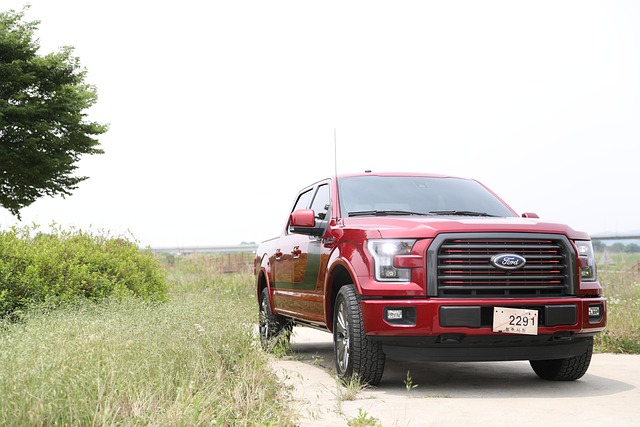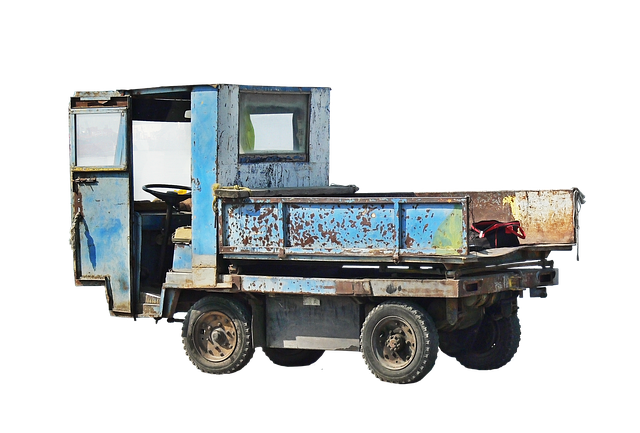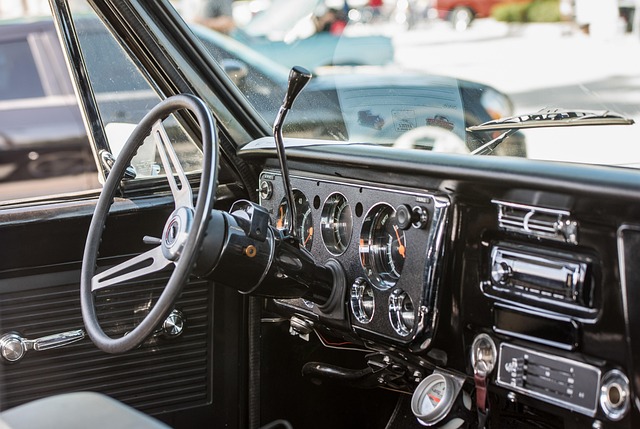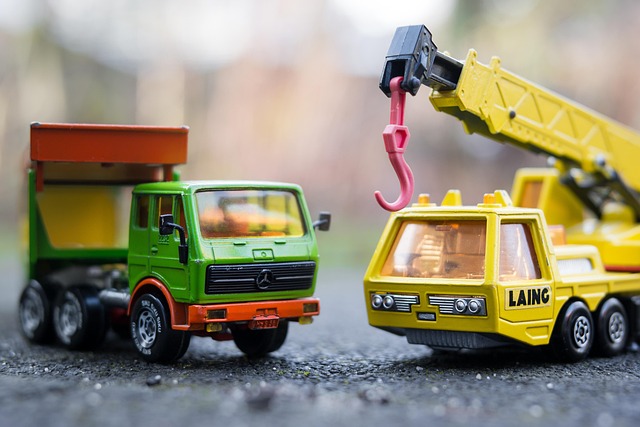Looking to register your car in California? This comprehensive guide walks you through every step. From understanding vital requirements and gathering essential documents to completing a DMV VIN verifier and paying fees, we’ve got you covered. Streamline the process efficiently or leverage online services for added convenience. Get your vehicle registered hassle-free with these clear instructions.
- Understand California Car Registration Requirements
- Gather Necessary Documents for Vehicle Registration
- Visit Your Local DMV Office or Use Online Services
- Complete Vehicle Identification Number (VIN) Verification
- Pay Registration Fees and Receive Your License Plate
Understand California Car Registration Requirements

Before registering your car in California, it’s crucial to understand the state’s specific requirements. The California Department of Motor Vehicles (DMV) mandates that all vehicles operable on public roads be properly registered and have an up-to-date vehicle inspection. This includes a thorough vin inspection to verify the Vehicle Identification Number (VIN). A DMV vin verifier is typically used for this purpose, ensuring the vehicle’s history and authenticity are accurate.
For a seamless registration process, make sure your car meets all safety standards and emissions requirements. Additionally, gather essential documents such as proof of insurance, a valid driver’s license, and any necessary paperwork related to ownership transfer or lien releases. Some counties in California also offer mobile vin verification services, providing convenience for those who prefer an on-site vin inspection.
Gather Necessary Documents for Vehicle Registration

Before heading to the DMV for vehicle registration, it’s essential to gather all the required documents. This typically includes your car’s Registration Application (Form DVF 14), which can be obtained online or in person from the DMV. Additionally, you’ll need proof of insurance, a valid driver’s license, and the vehicle’s title. The Vehicle Identification Number (VIN) is another crucial piece of information. Utilize a DMV VIN verifier or even a mobile VIN verification service to quickly and accurately pull up your car’s history, ensuring there are no outstanding issues that could hinder registration.
A clean vin inspection, along with all the necessary paperwork, will streamline the registration process at the DMV. Remember to bring any applicable fees for registration, title transfer, or emissions testing, as these must be paid in full before your vehicle can be officially registered in California.
Visit Your Local DMV Office or Use Online Services

You can start the car registration process by visiting your local DMV office or using online services. If you opt for in-person visit, be prepared to bring all necessary documents such as proof of ownership, vehicle identification number (VIN), and valid identification. The DMV staff will guide you through the steps, which include verifying the VIN and inspecting the vehicle to ensure it complies with safety and emission standards.
Alternatively, many convenience options are available online, including a digital VIN verifier tool that allows you to enter your VIN and access registration forms. This method streamlines the process and can save time, as long as you have accurate information readily available. Remember, whether you choose a mobile vin inspection or go through traditional channels, ensuring your vehicle meets all legal requirements is crucial for a smooth registration experience in California.
Complete Vehicle Identification Number (VIN) Verification

To register your car in California, it’s crucial to ensure that your vehicle passes a complete Vehicle Identification Number (VIN) Verification process. This step is essential as it helps the California Department of Motor Vehicles (DMV) confirm that your car is not stolen and meets all necessary safety standards. A reliable method for this verification involves utilizing a mobile vin inspection or mobile vin verification service, which allows you to obtain a digital report instantly, streamlining the registration process significantly.
A vin inspection ensures that every aspect of your vehicle’s VIN, from the year and make to the engine specifications, matches the data on file with the manufacturer. This meticulous check is vital for both safety and legal compliance. By availing yourself of these modern verification methods, you can rest assured that your car’s registration will be seamless and accurate, leaving you with more time to enjoy the drive rather than navigating bureaucratic hurdles.
Pay Registration Fees and Receive Your License Plate

After completing your vehicle’s registration application, the next step is to pay the required fees. These fees include a base registration charge and, in some cases, additional costs for specific features or emissions testing. You can typically pay online through the DMV’s website, by mail, or in person at a local DMV office. Once your payment is processed, you’ll be issued a unique vehicle identification number (VIN) verifier code. This code is essential for the next step of receiving your license plates.
With your VIN verifier code in hand, you can now obtain your official license plates. Many Californians choose to have their plates delivered to their registered address, while others may opt for an in-person exchange at a DMV office. Either way, ensure that your vehicle’s registration and license plates match the information on record with the DMV. This includes accurately reflecting the VIN (vehicle identification number), which is crucial for identifying your car and ensuring compliance with state regulations.
Registering a car in California involves understanding clear requirements, gathering essential documents, and completing key steps like VIN verification. By visiting your local DMV or using online services, paying registration fees, and receiving your license plate, you’ll legally register your vehicle in no time. Remember to keep your paperwork up-to-date for hassle-free future registrations and remember the importance of a reliable dmv vin verifier during the process.
